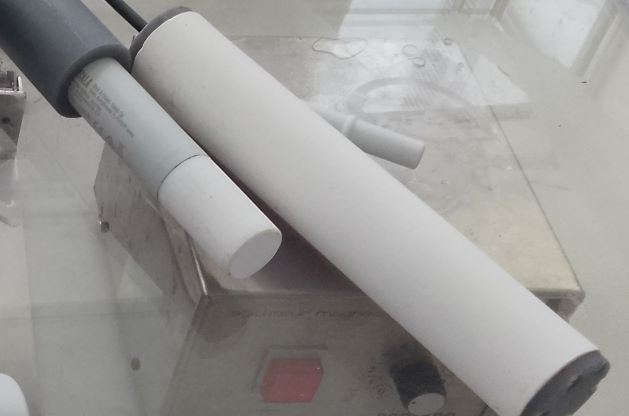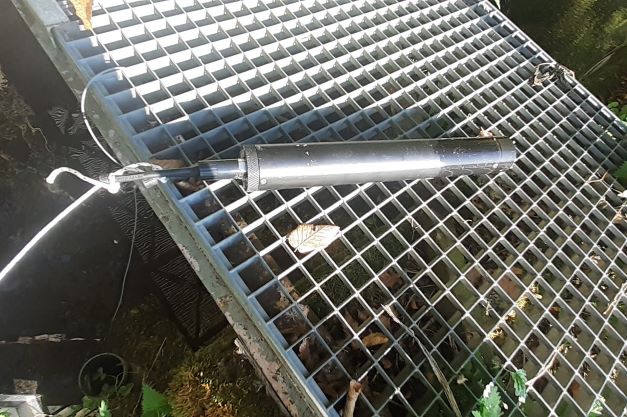In situ and continuous measurement of dissolved CO₂
Continuous and long-term measurement of the partial pressure of dissolved CO₂ (pCO₂) in aquatic environments—rivers, lakes, or groundwater—is essential to improve the quantification of carbon fluxes, particularly outgassing, but also ecosystem metabolism, as a complement to dissolved oxygen measurements.
Over the past decade, several developments have emerged, notably infrared sensors coupled with extraction systems—either passive, using gas measurement in a headspace behind a membrane, or “active,” involving air pumping and circulation through a silicone tube. Commercial sensors developed for oceanography are available but remain expensive. Current research is progressing toward the use of low-cost sensors (Bastviken et al., 2015 ; Fietzek et al., 2014), and even toward the use of optodes. The TERRA FORMA project supports advancements in these developments by evaluating several types of sensors :
- An autonomous commercial sensor with a flat membrane ensuring water–air equilibration,
- An atmospheric sensor integrated into a sintered Teflon casing for equilibration and sealing,
- A low-cost atmospheric sensor embedded in a 3D-printed housing with a membrane for equilibration.
The developments and tests conducted both in the lab and in the field will help establish a qualification protocol for dissolved gas sensors. These sensors and their dataloggers will be deployed at TERRA FORMA test sites and other catchments or study sites.
Themes : Water Resources, Pollution


- Bastviken D. Sundgren I. Natchimuthu S. Reyier H. & Gålfalk M. Technical Note : Cost-efficient approaches to measure carbon dioxide (CO2) fluxes and concentrations in terrestrial and aquatic environments using mini loggers Biogeosciences, 2015, 12, 3849-3859
- Fietzek P., Fiedler B. Steinhoff, T. & Körtzinger, A. In situ Quality Assessment of a Novel Underwater pCO2 Sensor Based on Membrane Equilibration and NDIR Spectrometry Journal of Atmospheric and Oceanic Technology, American Meteorological Society, 2014, 31, 181 - 196
Updated on 21 juin 2025



